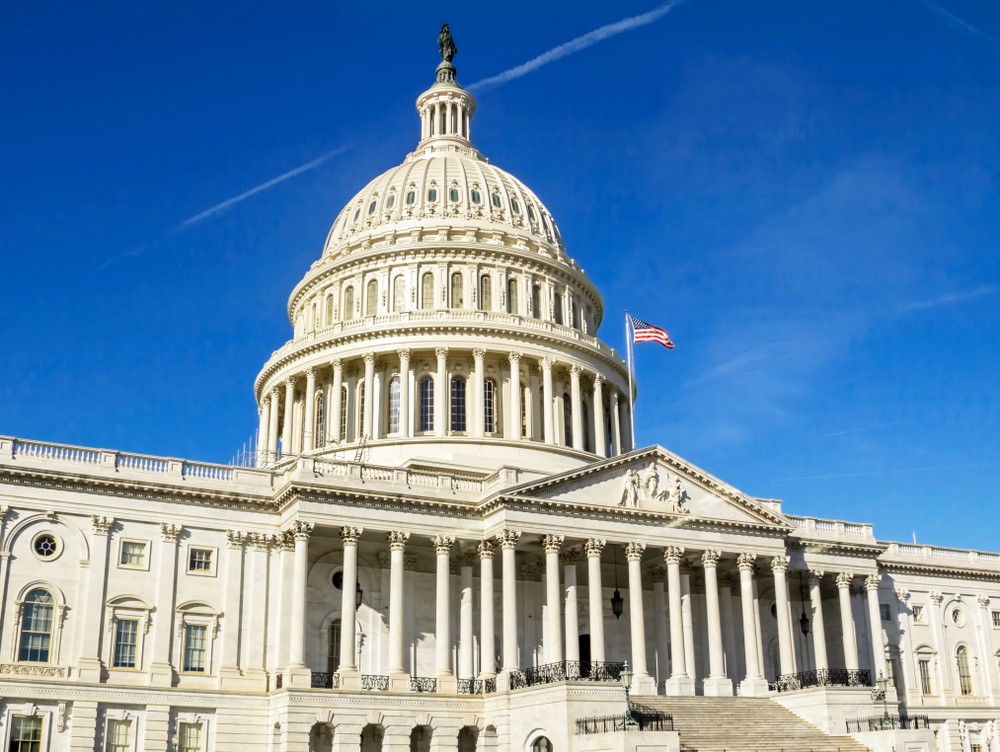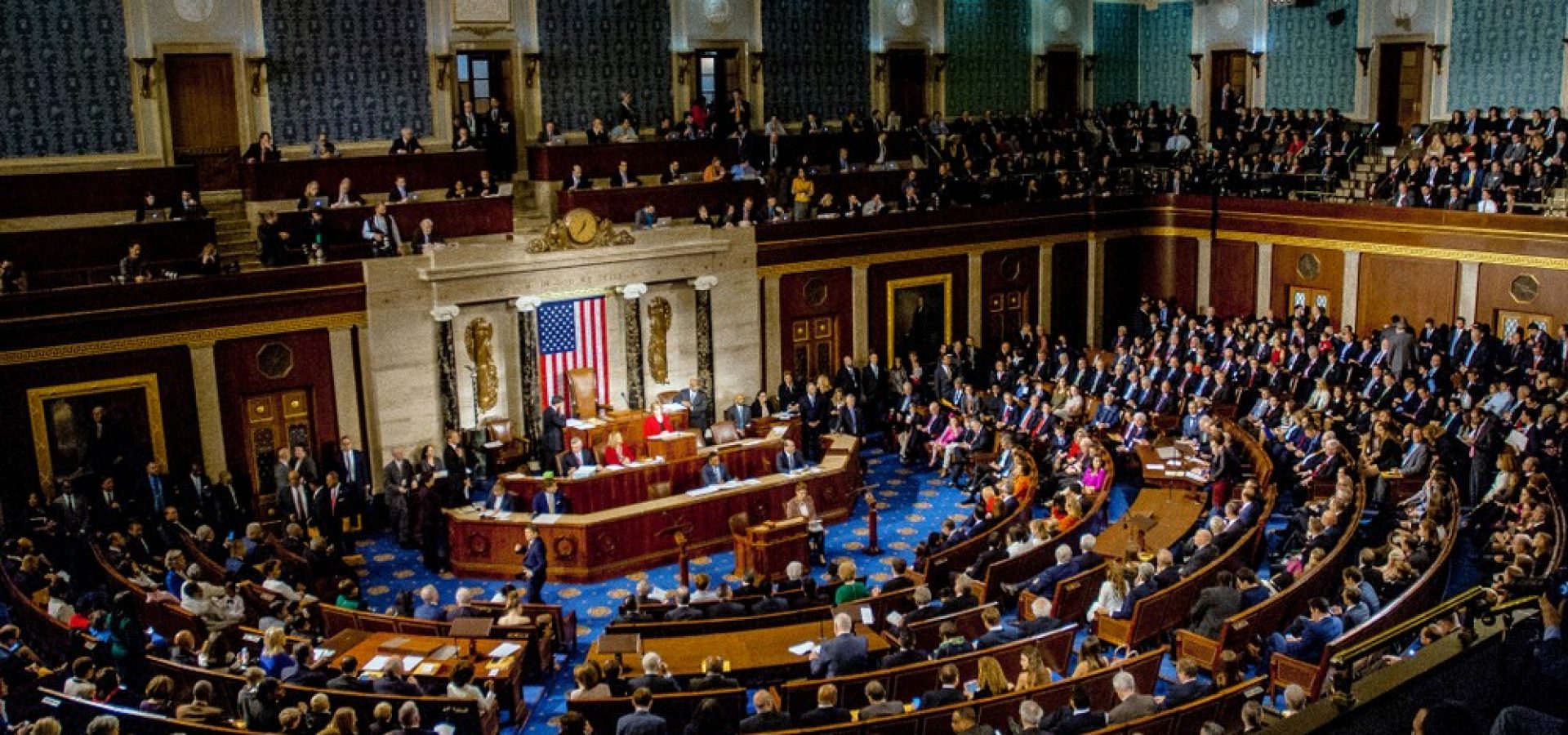The US House of Representatives agreed to a stopgap government funding bill today. The agreement aims to avoid a government shutdown by maintaining the present level of spending through November 21st.
The measure won with 301 to 123 votes in the House of Representatives. The majority or 119 of the opposing votes came from Republicans.
After the vote, the lawmakers then sent a continuing resolution to the US senate. But before it takes effect, it must receive approval from the chambers of the Congress and signed by President Donald Trump.
The stopgap intends to provide policymakers time to agree to more comprehensive and in-depth funding legislation. The lawmakers must first overcome their differences on which project to prioritize funding.
The members of the House of Representatives must settle over the healthcare funds to the defense budget, including Trump’s wall that separates the US and Mexico. This may become a serious hindrance since Democrats have strongly opposed the US-Mexico border.
US Lawmakers have adopted in July a 2-year budget and debt deal that allows discretionary defense and non-defense programs. However, in the deal, the requirement for the Congress to submit annual legislation to fund agencies is active. The said two-year budget will expire on October 1, once the federal fiscal year ends.
Optimism is the in the air at Capitol Hill as lawmakers believe that another shutdown can be averted. But as September 30 approaches, tensions between Democrats and Republicans start to spill out.
Budget Disagreements

Before the House of Representatives could implement the new measures, it must complete all the stages including a signature from Donald Trump. Just this week, the Senate’s Permanent Subcommittee on Investigations released a report.
The subcommittee found that the past government shutdowns in the span of five years cost taxpayers around $4billion. About $3.7 billion was used to repay federal workers, and an estimated 56,983 years of productivity was lost on the previous shutdowns.
President Donald Trump and the US congress agreed in January to end the recent shutdown. The last 35-day partial shutdown started after Donald Trump and Democratic policymakers disagreed on immigration and border security.
The US president later declared a national emergency to acquire more funding for his wall. And just recently, some of the budget from the US military was reallocated to the US-Mexico wall.
Helping Fund
The US House of Representatives and Congressional leaders hope to complete negotiations earlier this week. However, several points have come up, including the Commodity Credit Corp., or CCC.
The CCC is a government-owned entity that supports and protects farmers in the United States. The CCC belongs also to the fund that Trump used to distribute bailouts worth of billions of dollars to farmers affected by the trade war.
The new stopgap and continuing resolution of the House of Representatives includes language to ensure firms can continue paying farmers.
On the other hand, Agriculture Secretary Sonny Perdue is set to release a report by the end of October about the payment program. Secretary Perdue’s report will detail the state-by-state and commodity-by-commodity analysis of the damage caused by the tariffs war.









COMMENTS